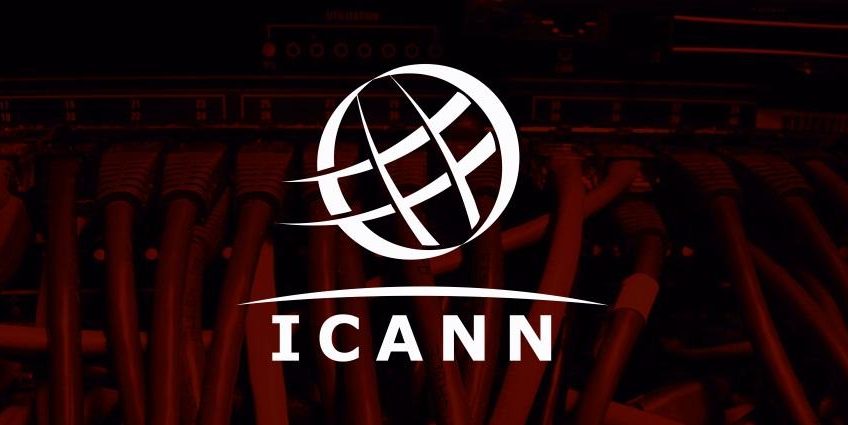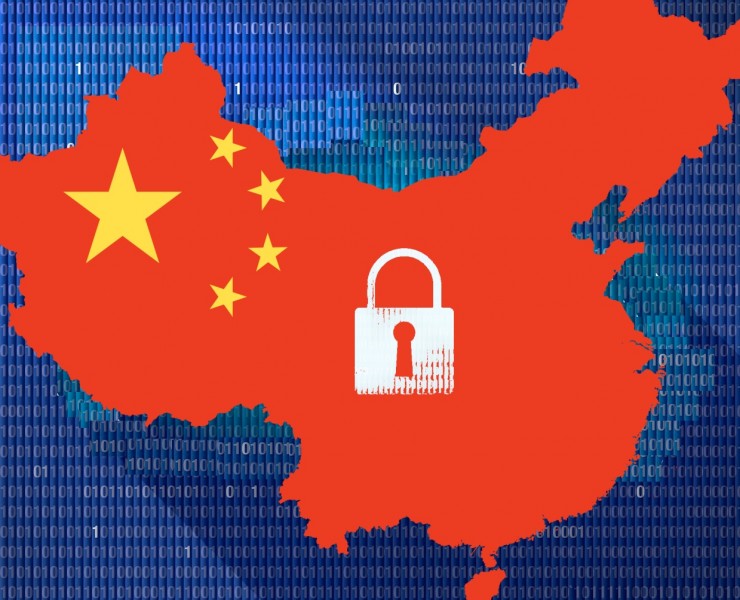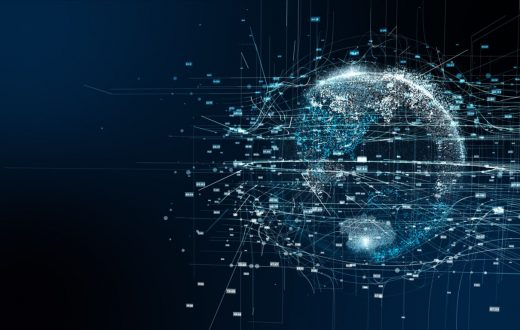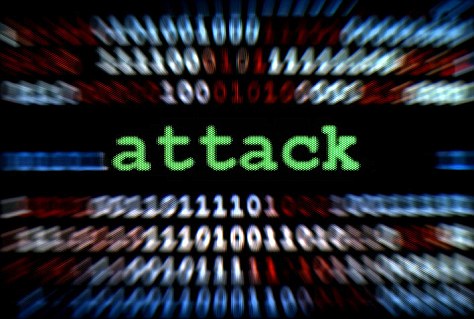I live and study in India – a country that has witnessed a sea wave change in the global internet users’ atlas in the recent years. With over 460 million internet users, India is the second largest online market. By 2021, there will be about 635.8 million internet users in India. So, the internet has played an extremely crucial part in shaping my ideologies, framing my thoughts, changing my perspectives and making me who I’m/ what I stand for today.
And in a rapidly evolving internet-reliant & internet-addicted world, it is important to understand how the internet should be governed in order to make its access – universal, unconstrained, and unconditional. This is what drew me to the arena of internet governance. I was 19 (probably the youngest person in the crowd) when I stepped into the spellbindingly spectacular Hall of the magnificent Kobe Portopia Hotel as a NextGen representative of India. I became friends with people almost 3 times my age and had absolutely intelligent exchanges of ideas with people who were Moguls and Magnates in their respective fields. And it was during one such exchanges that an idea hit my mind – Project “Safe In Surfing” (SIS) – to incorporate a compulsory “Skills Enhancement Course” (SEC) on “Digital Literacy and Digital Rights” (DLDR) for young girls in the school and university curricula throughout India. It aims to redesign the cyberspace as a sandbox for secured and smart web-surfing for young girls, assisting them to become “informed digital citizens”. Project SIS will encompass a “cyber clinic” to diagnose the online threats challenging young girls and a “cyber crèche” to impart digital defense/rights training to young girls. Project SIS will, thus, train young girls to become smart digital citizens with enhanced competence to “claim, create, carry, and continue change” digitally.
But this idea that took birth during an ICANN meeting could metamorphose only after I got selected as a Young Fellow for the She Creates Change 5.0. There were over 1200 applications from all over India and I’m glad to have been chosen as “the one who can create change”. This program is sponsored and hosted by the Change.org Foundation, and requires the fellow to be a part of their Lab for one long year to develop their projects.
This campaign comes at a time when about 30% of the 460 million internet users in India are women but at the same time, there’s been a surge in cyber crimes against women in the recent years.
Therefore, it’s high time that India not only considers but also implements a nation-wide policy to impart “Digital Literacy and Digital Rights” for girls as a compulsory and gradable part of the syllabus in all the educational institutions of India. This will pave the way for the long neglected and almost absent issue of “internet governance” and “women’s online space and cyber entitlements” in the policy debates and public discourses of the world’s largest democracy – India. A small step could ACTUALLY lead to landmark legislations.
And I must mention that none of this ideation, creation, or negotiation would’ve been possible without ICANN. It’s the body which transformed the way I used to view the internet. Now, when I look at the internet – I view it as a “common resource” that must be both affordable and accessible to all, regardless of disparities in region, religion, race, etc. And as an economist-in-making, I strongly opine that the internet is in fact “the most non-discriminatory, non-exclusive, non-rivalrous commodity” on Earth which we “all” must take maximum advantage of to pursue “our” collective vision and mission of creating a stable, scientific, and strong world.







